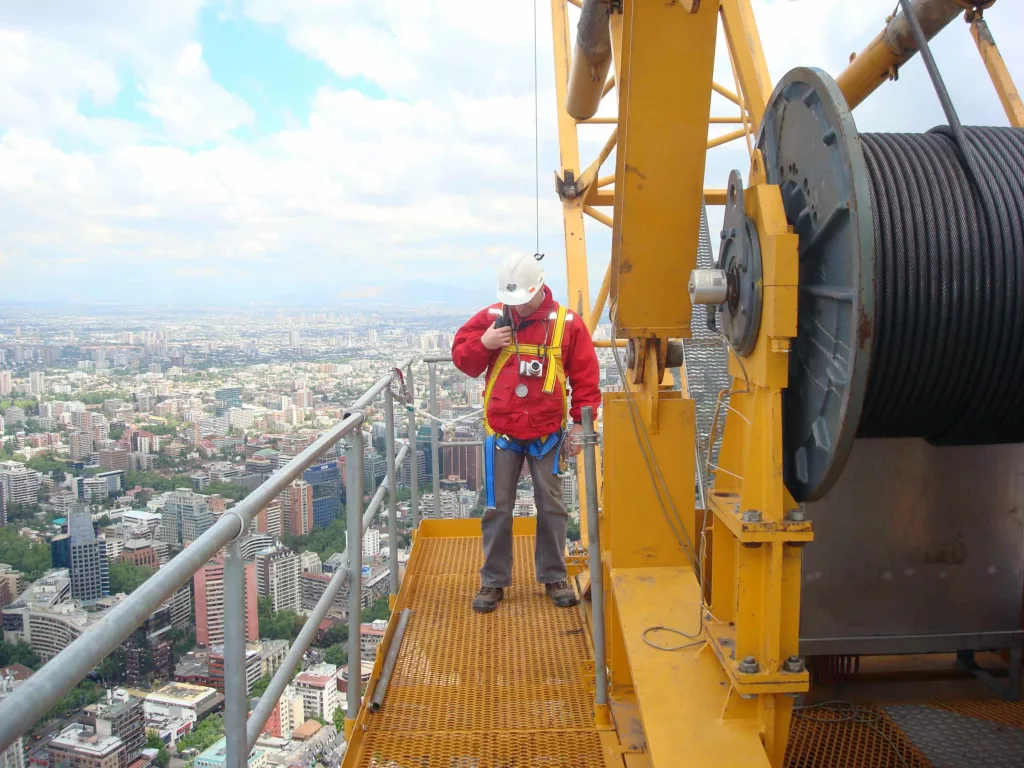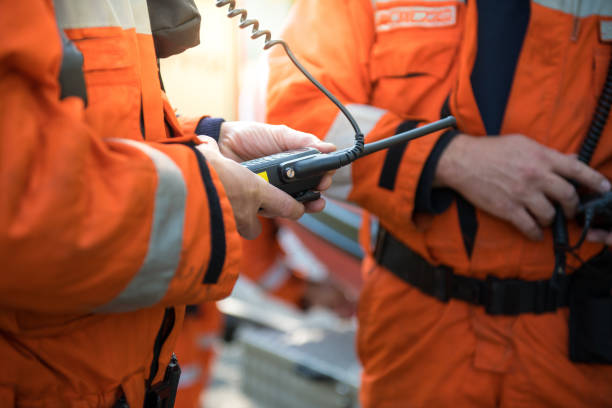Our handy tool will help you decide which radio solution is best for your business.
Lone worker and man-down alarms enable instant communication during emergencies and secure monitoring of those working alone or in high-risk environments.
Lone Worker Radio System

Activated by the press of a button or triggered automatically in the event of prolonged inactivity, this alarm notifies nearby colleagues or a central monitoring station of a potential emergency.
In industries such as construction, healthcare, and manufacturing, where workers may encounter hazardous conditions or face risks of injury, lone worker alarms provide a vital lifeline, enabling swift response and assistance. By incorporating lone worker alarms into their communication systems, businesses prioritise the safety and well-being of their employees, fostering a secure work environment and mitigating potential risks.
How does it work:
If a user has not had any activity on a radio within a period of time, an alert will be sent to them. If the user does not respond to this alert, an alarm will be sent to all recipients. The radios can also be equipped with GPS tracking, allowing recipients to track the user’s location.
Man Down Radio Alarms

A man-down alarm is designed to detect when a user becomes incapacitated or unable to respond due to a fall, injury, or other emergency.
Activated automatically by sensors within the radio, the man-down alarm sends an immediate distress signal to other users, alerting them to the user’s condition and location.
In industries such as construction, manufacturing, and healthcare, where workers may encounter hazardous conditions or work alone in remote areas, man-down alarms play a pivotal role in ensuring the safety and well-being of personnel.
How does it work:
Man-down alarms can be automated with an “integrated accelerometer”, which sends out an alarm if the radio is tipped more than 45 degrees for over 30 seconds, indicating a fall or an emergency. This also applies to a lack of movement in an area for a prolonged period, or if a device exceeds a set boundary.
